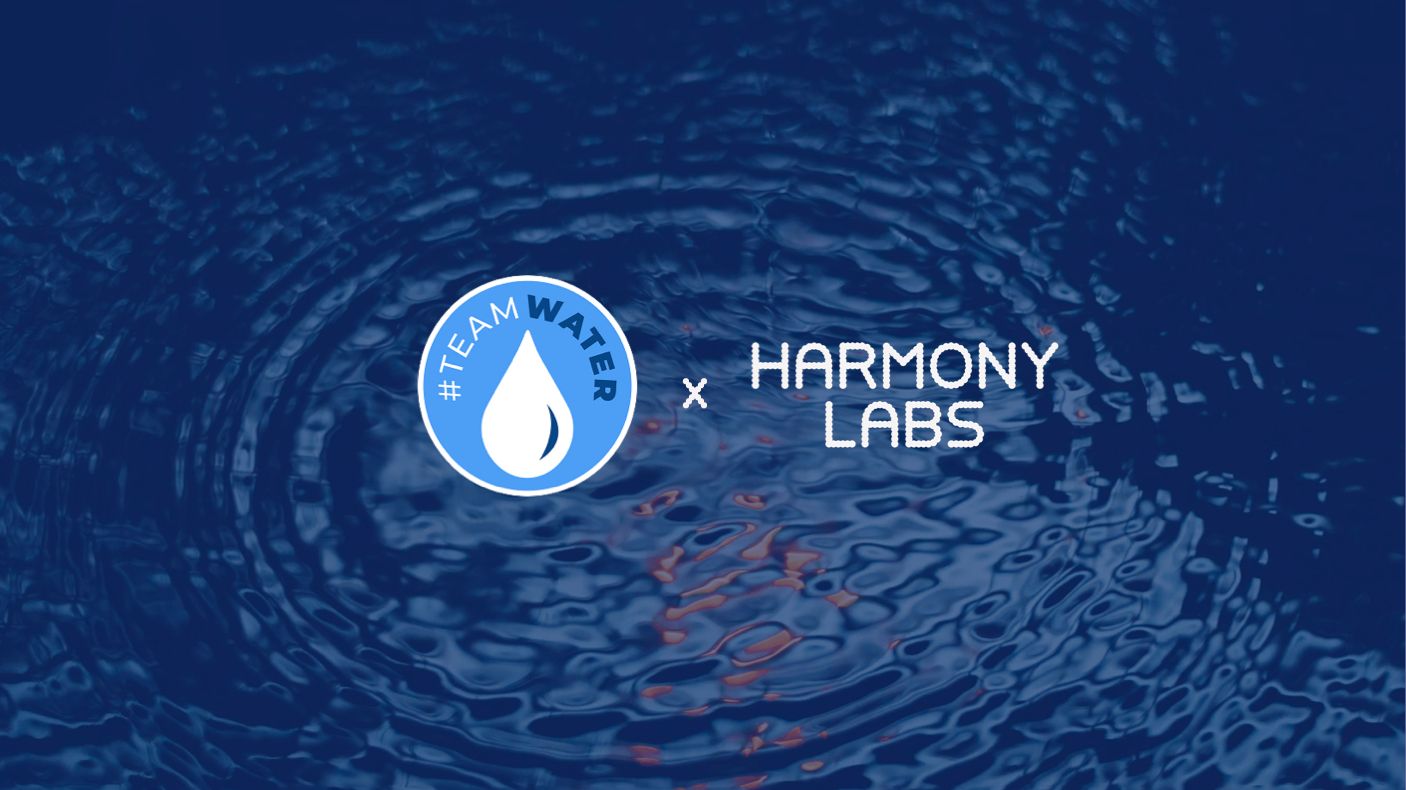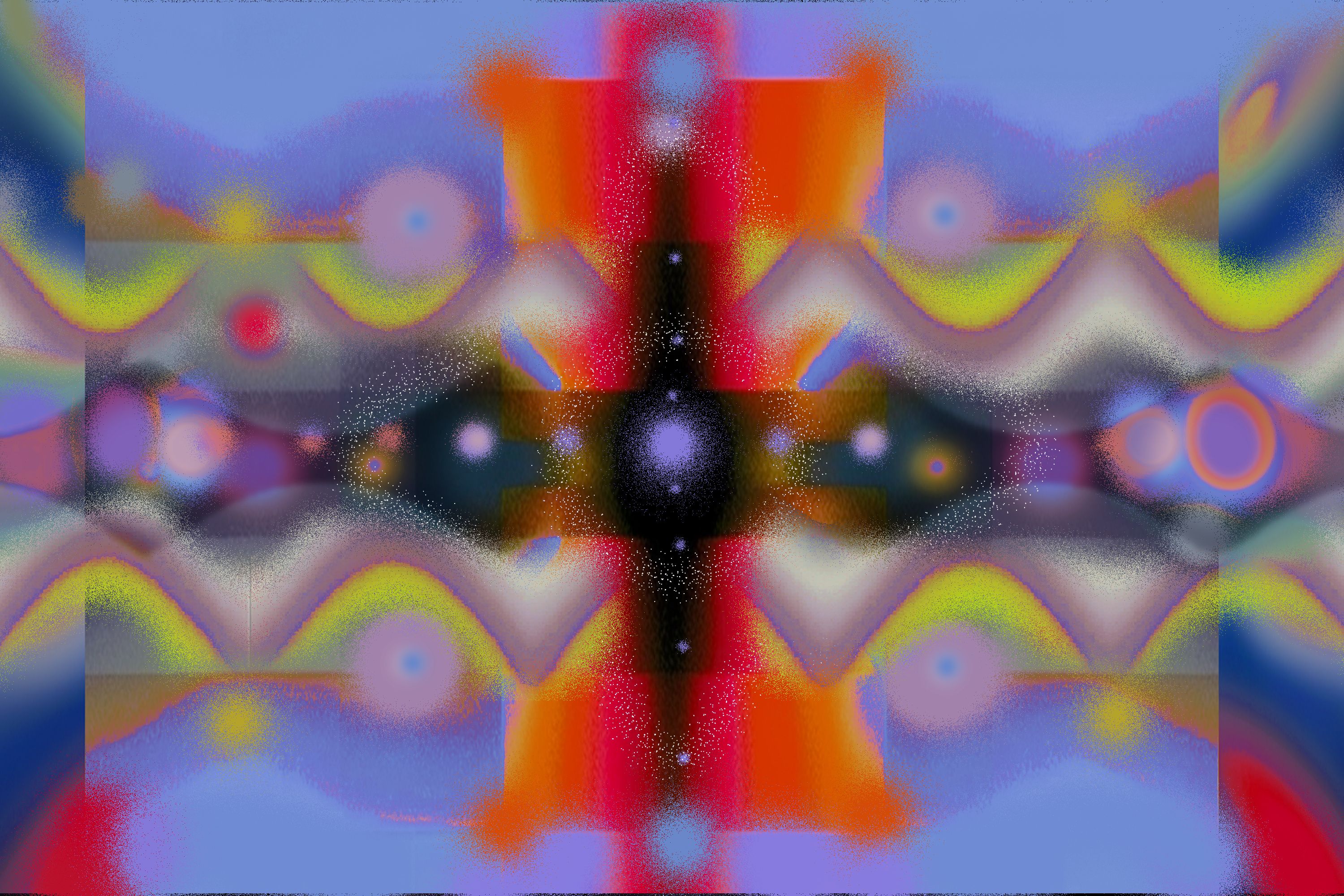Four Principles For Building Power in Media

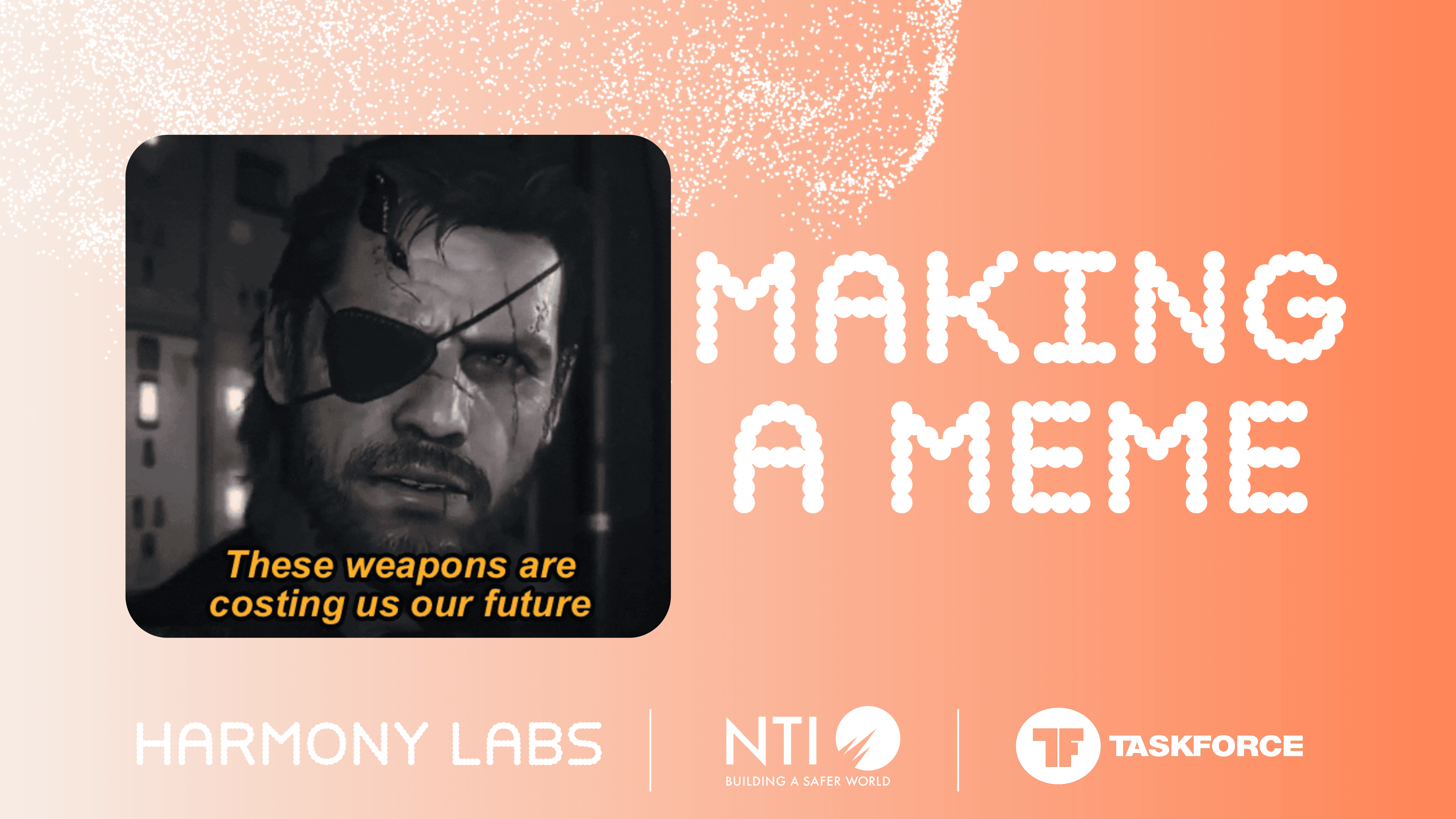
2023-06-01
Our model of narrative change starts with audience—specifically, the content, voices, and platforms that are already resonating with audiences. Meeting audiences where they're at, and giving them an active role in change, means that effective narrative intervention should feel familiar—and, for some audiences, maybe provocative and even irreverent.
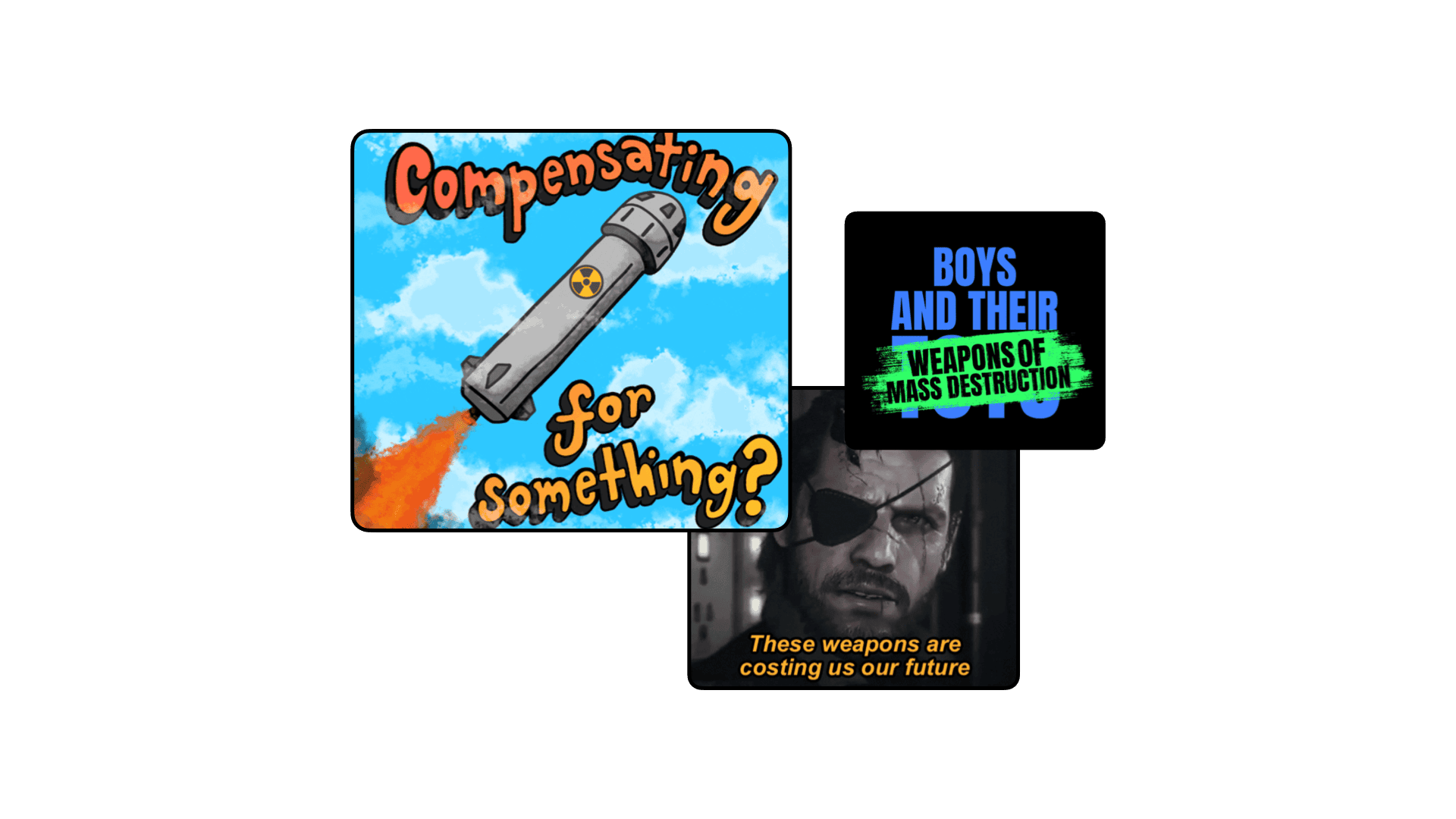
Last year, we wrapped research on rewriting the nuclear story for U.S. audiences, an extension of our 2021 work identifying the importance of including a future in denuclearization stories. We had expected to find relatively little nukes content in people's feeds, but we were wrong. Instead, we found that people actually are consuming stories about nuclear weapons—and a lot of them (!) across places like Rick & Morty and Fallout—they just don't believe there's a possible solution. Our findings surfaced key opportunities for narrative intervention in places like anime, cartoons, and games—places familiar to the most persuadable audiences where they were already consuming “nuclear stories.”
These findings were crucial in helping Nuclear Threat Initiative (NTI) develop their campaign strategy from the ground-up—particularly the insight that persuadable audiences were getting information primarily online via social media. The final research outputs were delivered in the form of audience briefs intended to help producers understand the cultural landscapes of these persuadable audiences, helping inform style, design, and tone. They included current narratives in media, top placements/platforms, notable examples, etc.—offering a launchpad for intervention.
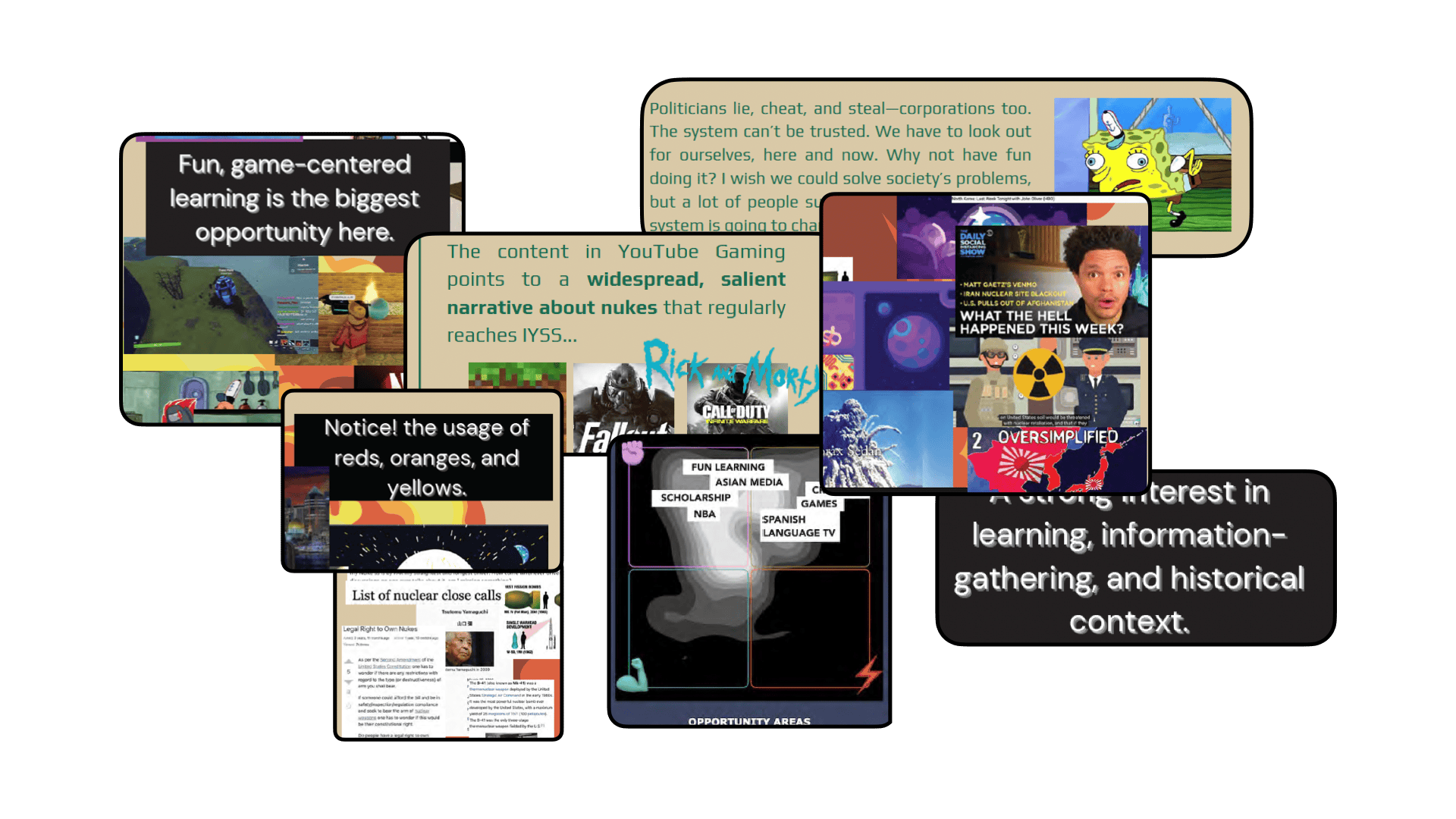
–Ravi Garla, Nuclear Threat Iniative
NTI partnered with the cultural organizing agency TaskForce to develop a new media campaign for denuclearization. The research showed that people in the U.S. think of nuclear weapons as unavoidable and apocalyptic, so the assignment was twofold: insert the possibility of a hopeful future, and connect with what the audience already cares about.
Reframing the doomsday narrative required disrupting current content online by crafting messages that envision a world without nuclear weapons, and promoting this perspective across online media.
With the research-driven audience briefs as a foundation, TaskForce and NTI developed GIFs to shift the narrative from one of hopelessness to one of advocacy, utilizing a shared digital “language” with the target audience through familiar symbols, colors, and tones. Below, they share some inside into how guidance from our briefs informed their process in transforming an existing and hopeless internet landscape into a (funny) future.

-TaskForce
Clearly defined audiences and the real stories they engage with can shape the creative process, equipping practitioners with the actual tools necessary to reach and resonate with people in ways that are actually engaging and persuasive—that’s why content testing and strategy validation is a key part of the audience and narrative research at Harmony Labs. Visit the Narrative Observatory to see more work like this, and we urge you to get in touch with any questions.


